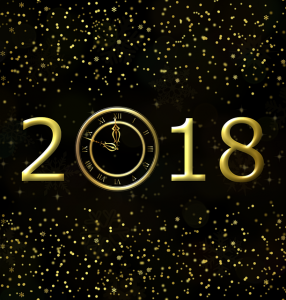The message I’ve gotten this week, this month, hell, this whole damn season is, “do your work.” It’s been a steady drumbeat, but because I’ve neglected my personal victory strategies while getting busy with work and life, my inner ear got cloudy and I couldn’t quite make it out.
Or I could, but I wasn’t really ready or willing to listen.
But just like any other alarm that goes off long enough, this one alerted me that it was time to get moving. Get back to the things that work. Back to doing my work.
In the War of Art, Steven Pressfield says,
Resistance cannot be seen, touched, heard, or smelled. But it can be felt. We experience it as an energy field radiating from a work-in-potential. It’s a repelling force. It’s negative. Its aim is to shove us away, distract us, prevent us from doing our work.
I’ve been distracted. I’ve been shoved away. I’ve neglected my work.
I have reading and thinking and writing to do. Manuscripts to start. Scholarship to undertake. I cannot do anything if I am foiled by Resistance. If I do other things, and, in fact, everything else except my work.
Toni Morrison died last night. And she left us many things to think about. Her words. Her work. Her admonition on the function of racism as distraction – a clarion call these days. And much as anything else I’ve explored this week (Brené Brown’s Call to Courage, Ann Pendelton-Jullian and John Seely Brown’s Pragmatic Imagination, my own thoughts), her death, or rather remembrance of her life and legacy, have prompted me to get back to it. Back to work.

Procrastination is the most common manifestation of Resistance because it’s the easiest to rationalize. We don’t tell ourselves, “I’m never going to write my symphony.” Instead we say, “I am going to write my symphony; I’m just going to start tomorrow.” ~Pressfield
I pushed my work away for a month, a week, yet another day. More often than not, it was dereliction of duty more than anything else.
But not today. Today I overcame Resistance. Today I did my work.






